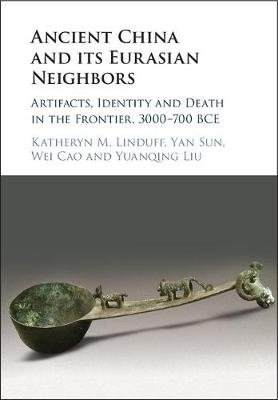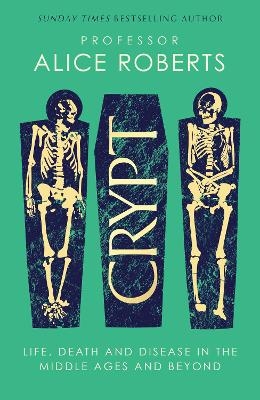
Ancient China and its Eurasian Neighbors
Cambridge University Press (Verlag)
978-1-108-41861-4 (ISBN)
This volume examines the role of objects in the region north of early dynastic state centers, at the intersection of Ancient China and Eurasia, a large area that stretches from Xinjiang to the China Sea, from c.3000 BCE to the mid-eighth century BCE. This area was a frontier, an ambiguous space that lay at the margins of direct political control by the metropolitan states, where local and colonial ideas and practices were reconstructed transculturally. These identities were often merged and displayed in material culture. Types of objects, styles, and iconography were often hybrids or new to the region, as were the tomb assemblages in which they were deposited and found. Patrons commissioned objects that marked a symbolic vision of place and person and that could mobilize support, legitimize rule, and bind people together. Through close examination of key artifacts, this book untangles the considerable changes in political structure and cultural makeup of ancient Chinese states and their northern neighbors.
Katheryn M. Linduff is a Professor in the Departments of Art History and Anthropology at the University of Pittsburgh. She has engaged in art historical research and collaborative archaeological fieldwork, focusing on the prehistory, and Bronze and Iron Ages of the Inner Asian Frontier for many years. She has published extensively on metallurgy, gender, China and Eurasia, the archaeology of the Inner Asian Frontier, and on artifacts. Recently, she has published an edited volume with Bryan Hanks for Cambridge (2009) that focuses on issues of social complexity in the Late Prehistoric Period of the Eurasian Steppe and several articles on the transmission of metallurgical knowledge and artifacts across the frontiers to the north and west of the early Chinese Empires. Yan Sun is a Professor of art history at the Gettysburg College in Pennsylvania. Her research and publications focus on the rise of regional bronze cultures in north China and the interplay between material culture, identities and power of Bronze Age China. Her recent publications include two bronze catalogues Shang date Bronzes from Hanzhong (2006) and Bronzes from Northern Shaanxi (2009) (both co-edited with Cao Wei), and studies on material culture and social identities in Western Zhou's frontier (2013) and gift giving and social network in Western Zhou regional state Yan (2017). Cao Wei is a historian, a field archaeologist, and a scholar specializing in the study of ancient Chinese bronzes. He was previously a senior research fellow and the deputy director of the Museum of the Terracotta Army of the Qin Emperor in Shaanxi, China. He currently holds a professorship at Shaanxi Normal University. He serves as a board member of the Association for the Study of the Yin/Shang Culture. His primary research and publications have focused on Zhou period bronzes and their uses in ritual practice. Yuanqing Liu is a Ph.D. candidate at Shaanxi Normal University, completing a dissertation on the regional bronze cultures in Northwestern China of the second and first millennium BCE. She spent one year as a visiting graduate student at the University of Pittsburgh, where she helped to collect and analyze the vast amount of previously undigested literature and materials from the northwest of current day China in the period from ca. 1000–800 BCE.
Introduction: the inner Asian frontier restructured; 1. Shaping the study of inner Asian artifacts and mental boundaries Katheryn M. Linduff; 2. Technoscapes and the materialization of ideas in metal in the inner Asian frontier (c.3000–1500 BCE) Katheryn M. Linduff; 3. Identity and artifacts in the north-central and northeastern frontier during the period of state expansion in late second and the early first millennium BCE Yan Sun; 4. The rise of state and the formation of group identities in the Western regions of the inner Asian frontier (c.1500 to the eighth century BCE) Cao Wei, Liu Yuanqing, Katheryn M. Linduff and Yan Sun; 5. Conclusions and future challenges Katheryn M. Linduff and Yan Sun.
| Erscheinungsdatum | 24.11.2017 |
|---|---|
| Zusatzinfo | Worked examples or Exercises; 2 Tables, black and white; 9 Maps; 11 Halftones, black and white; 48 Line drawings, black and white |
| Verlagsort | Cambridge |
| Sprache | englisch |
| Maße | 182 x 260 mm |
| Gewicht | 720 g |
| Themenwelt | Geisteswissenschaften ► Archäologie |
| Sozialwissenschaften | |
| ISBN-10 | 1-108-41861-9 / 1108418619 |
| ISBN-13 | 978-1-108-41861-4 / 9781108418614 |
| Zustand | Neuware |
| Haben Sie eine Frage zum Produkt? |
aus dem Bereich


